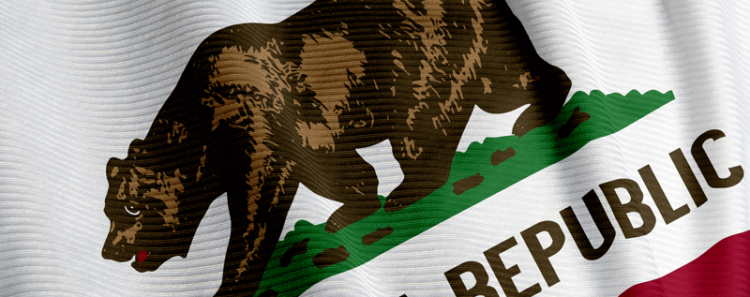The new 1 μg maximum allowable level of lead requirements outlined in the bill are based on the standard NSF 61 2020. As promised during our prior collaborative discussions with your office and the sponsors regarding AB 2060, PMI advocated successfully for an expedited publication of NSF 61 2020 that occurred in August 2020. PMI’s actions clearly demonstrate that industry wants to achieve the objectives of AB 100. However, just like with NSF 61 2020 that allows for manufacturers to have until January 1, 2024 to certify all endpoint devices that provide drinking water to the new lead requirements in the standard, AB 100 needs to be revised accordingly to provide sufficient time for all those involved in the supply chain to get certified product to the marketplace.

Tag: lead
WQA Position on 2019 Proposed Revisions to the Lead and Copper Rule
The Water Quality Association applauds efforts to reduce lead in public drinking water wherever possible while standing ready with
immediate solutions, such as the use of certified point-of-use devices.
Latest amendments to California AB746 – Drinking Water Protection
AMENDED IN ASSEMBLY APRIL 18, 2017 AMENDED IN ASSEMBLY MARCH 30, 2017 CALIFORNIA LEGISLATURE— 2017–2018 REGULAR SESSION ASSEMBLY BILL No. 746 Introduced by Assembly Members Gonzalez Fletcher, McCarty, and Rubio February 15, 2017 An act to(more…)
WQA Addresses Drinking Water Crisis in Flint, Michigan
Lead (Pb) has been identified as the waterborne contaminant of primary concern for Flint’s residents.
Lead-Free Update and Reminder
The three-year transition period for the Reduction of Lead in Drinking Water Act, enacted on January 4, 2011, will end on January 4, 2014, at which(more…)
Is there less lead in our water now?
The 111th Congress has passed an amendment to the Safe Drinking Water Act which creates a federal limit of 0.25% for the maximum lead content of any plumbing component used for potable water intended for human consumption that is smaller than 2″ in diameter. I think that the intent of this bill is good, but it really doesn’t do more than make people feel good and cause a massive increase in the cost of delivered components, especially brass which is very difficult and costly to machine when the lead levels drop that low. Municipal distribution piping is a greater source of lead than the fixtures themselves, and should be addressed as a much higher priority. This bill will become effective in 2013, so expect an influx of high-lead components from China over the next year or two.
